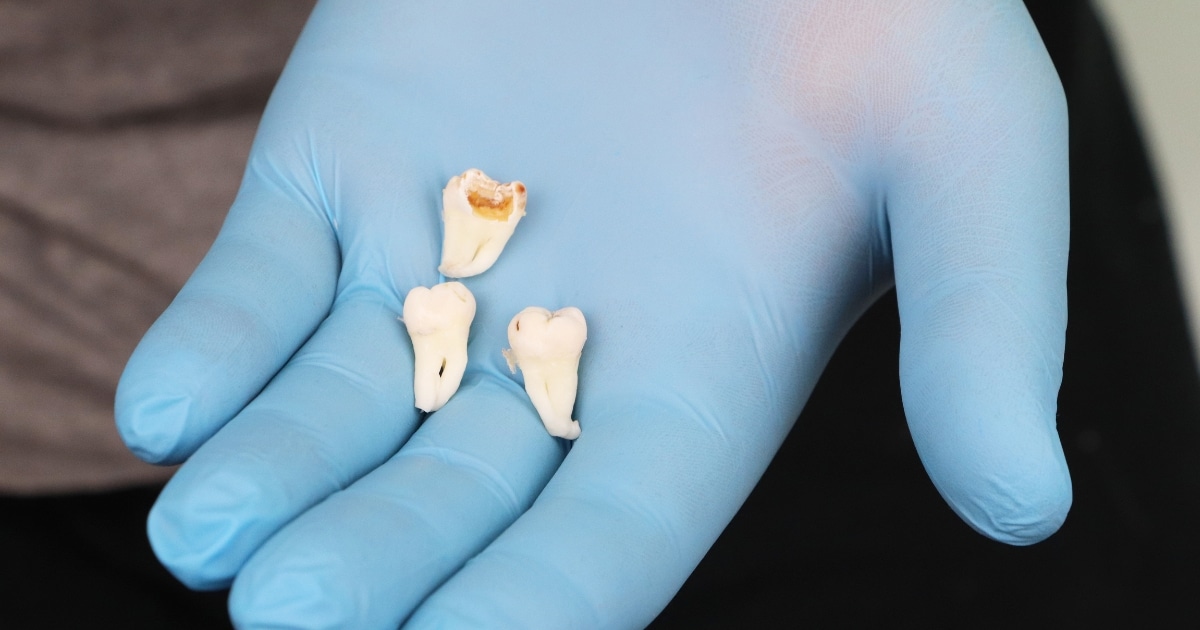Dental extractions can feel daunting, but they often play a crucial role in maintaining your oral health. Have you ever wondered how losing a tooth might impact the teeth around it? Understanding this relationship can help you make informed decisions about your dental care. Whether due to decay, overcrowding, or infection, it can lead to significant changes in your mouth.
In this blog, we’ll explore the immediate and long-term effects of dental extractions on adjacent teeth. You’ll discover how these changes can influence alignment, stability, and overall oral health. We’ll also dive into preventive measures to minimize complications after an extraction. If you’re facing a dental extraction or have already undergone one, this information will empower you to take charge of your oral health. Let’s unravel the impact of dental extractions together and ensure your smile remains strong and vibrant!
The Immediate Impact of Tooth Removal on Neighboring Teeth
When you lose a tooth, the effects can ripple through your mouth. Removing a tooth doesn’t just create a gap; it changes everything around it. Here’s how:
- Alignment Issues: The neighboring teeth may shift towards the empty space. This movement can lead to misalignment, affecting your bite and overall dental aesthetics.
- Stability Concerns: Teeth rely on each other for support. Removing one can make adjacent teeth feel less stable. They might loosen over time as they adjust to the new arrangement.
- Increased Pressure: The shifting can create uneven pressure on teeth, which may lead to discomfort or even damage to previously healthy teeth.
Long-Term Consequences of Tooth Loss on Surrounding Teeth
The aftermath of tooth extraction doesn’t end with immediate adjustments. Over time, the loss of a tooth can lead to significant long-term complications. Here’s what to consider:
- Shifting Teeth: As neighboring teeth move into the gap, you might notice gaps forming elsewhere. This domino effect can alter your bite and create further misalignments.
- Bite Problems: A changed bite can lead to chewing difficulties and discomfort. You may begin to favor one side while chewing, leading to uneven wear on your teeth.
- Increased Risk of Cavities: Misaligned teeth can trap food particles more easily, increasing the risk of decay in adjacent teeth. Maintaining regular dental hygiene becomes more critical.
Bone Health: The Hidden Consequence of Extractions
Tooth removal doesn’t just affect your teeth; it also impacts your jawbone. Here’s how:
- Bone Loss: The jawbone supports your teeth. When a tooth is extracted, the bone can start to deteriorate. Without the tooth’s root stimulating the bone, it loses density over time.
- Effects on Adjacent Teeth: Bone loss can lead to further tooth mobility or loss. When the bone around adjacent teeth weakens, they become less stable and more prone to extraction.
- Overall Oral Health: Deteriorating bone health can change the structure of your face, leading to a sunken appearance. This change can impact not just aesthetics but also functionality when eating or speaking.
Post-Extraction Care: Tips for a Smooth Recovery
After a dental extraction, the right care can minimize complications and promote healing. Here’s how to manage your recovery effectively:
- Follow Your Dentist’s Instructions: Adhere strictly to your dentist’s post-operative care guidelines. They provide personalized advice tailored to your specific situation.
- Gentle Oral Hygiene: Avoid vigorous brushing around the extraction site. Instead, rinse your mouth gently with salt-water to help reduce inflammation and promote healing.
- Monitor Symptoms: Watch for any signs of infection, such as increased swelling, severe pain, or pus. If these occur, contact your dentist immediately.
- Schedule Follow-Up Visits: Regular check-ups after your extraction help monitor healing. Your dentist can identify potential issues early, ensuring a smooth recovery process.
Exploring Restoration Options: Filling the Gap
When a tooth is extracted, it’s crucial to consider your options for restoration. Here are some effective solutions:
- Dental Implants: Implants serve as artificial roots, providing a sturdy base for crowns. They mimic natural teeth, preserving bone health and preventing adjacent teeth from shifting.
- Bridges: A bridge uses neighboring teeth for support, filling the gap left by the extracted tooth. This option maintains dental alignment and function.
- Dentures: Partial or full dentures can replace multiple missing teeth, restoring functionality. They can help distribute chewing forces evenly across your mouth.
The Importance of Routine Dental Checkups
After a dental extraction, regular dental visits become more crucial than ever. Here’s why:
- Monitoring Oral Health: Your dentist can assess how your adjacent teeth are coping after the extraction. They can spot any shifts or complications early.
- Preventive Care: Regular checkups allow for professional cleaning, reducing plaque buildup. This care helps prevent cavities and gum disease, especially in areas affected by the extraction.
- Ongoing Education: Dentists can provide tailored advice based on your oral health needs. They can guide you on maintaining a proper care routine at home.
Dental extractions can significantly impact your oral health, especially adjacent teeth. Understanding these effects empowers you to make informed decisions about your dental care. Whether you’re considering restoration options or managing recovery, proactive steps can help maintain your smile’s integrity. Remember, regular dental checkups play a vital role in monitoring your oral health post-extraction. By staying informed and engaged, you can ensure a healthier future for your teeth and gums. Take charge of your dental health today!




